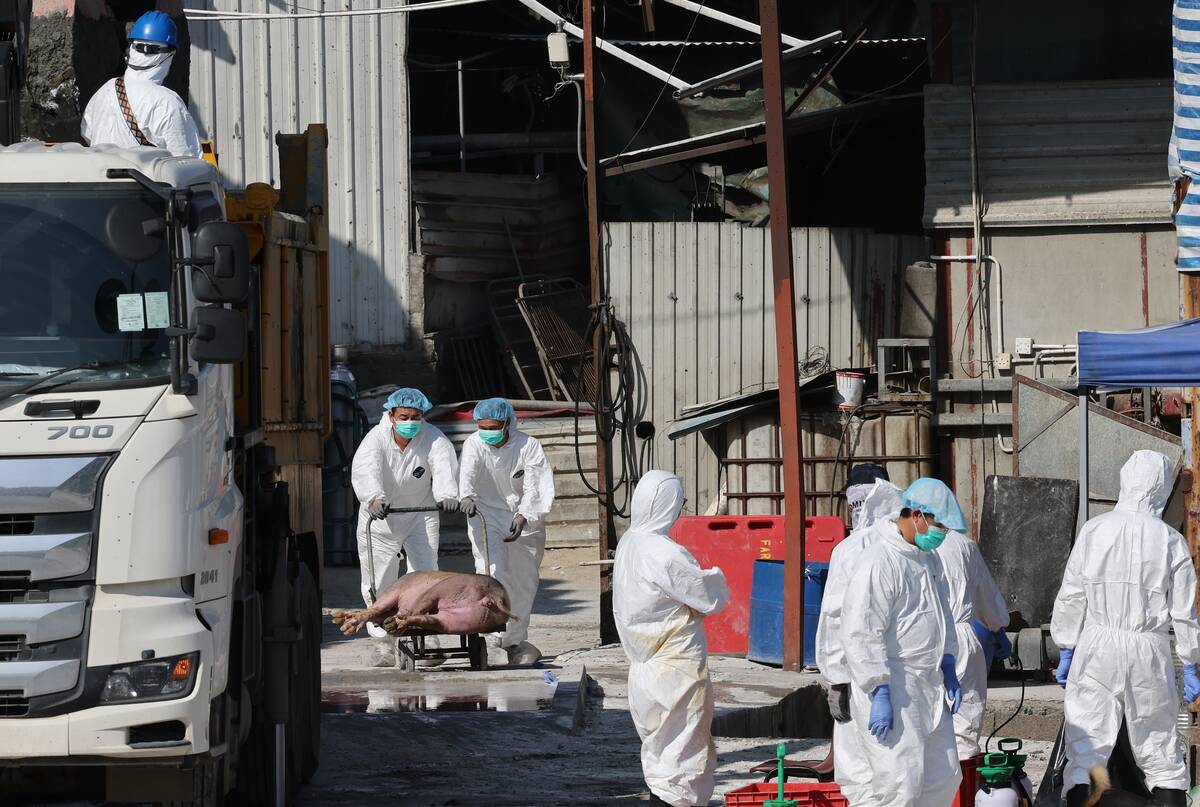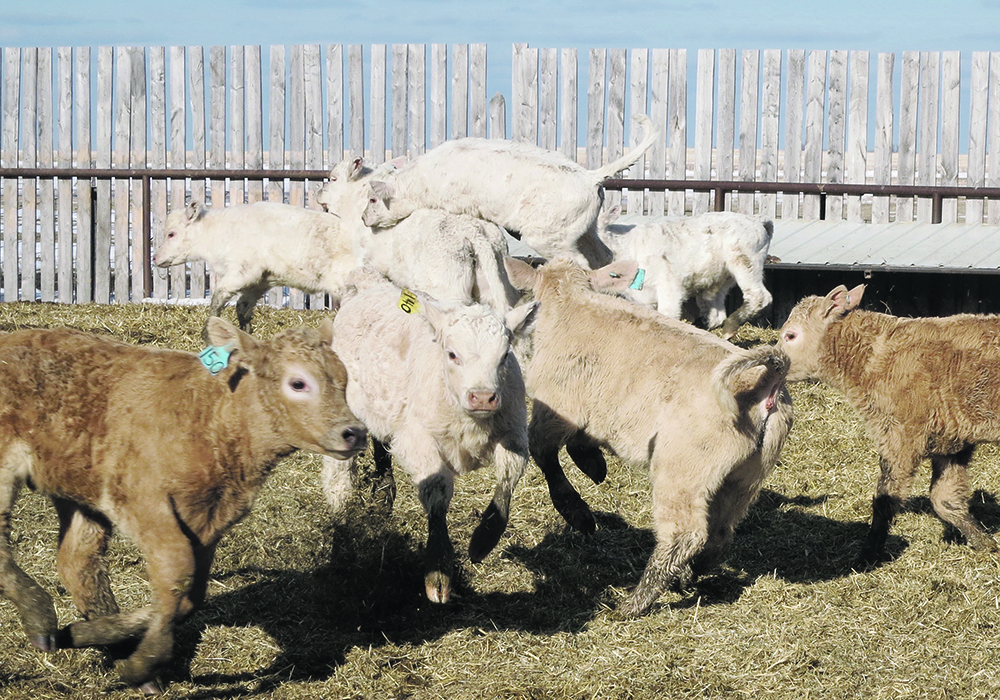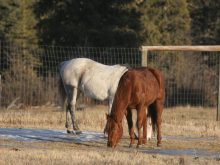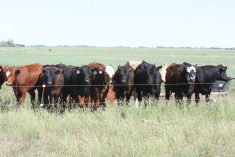Bovine leukosis virus is a widespread viral infection of cattle in North America.
Dairy cattle usually have higher levels of infection, with estimates of around 14 to 40 percent of all dairy cows being infected. Older cows are often more likely to be infected.
The virus is usually spread from animal to animal by contact with contaminated blood of an infected animal. The most common methods of spread may be biting insects, such as flies, or through the use of tattooing instruments, contaminated needles or dehorning instruments and perhaps even by rectal palpation.
Read Also

Mixed results on new African swine fever vaccine
The new African swine fever vaccine still has issues, but also gave researchers insight into how virus strain impacts protection against the deadly pig disease.
These methods allow blood from an infected animal to be introduced to a non-infected animal. Occasionally, transmission occurs from the cow to the calf through infected colostrum or by blood contamination at birth.
The prevalence of leukosis virus infections in beef cattle is usually lower than in dairy cattle. In 2003-04, the Production Limiting Disease Study sampled 4,778 beef cows from 179 Canadian cow-calf herds and only 1.2 percent of the beef cows tested positive for BLV antibodies. About 11 percent of the sampled herds had at least one cow test positive for antibodies.
Leukosis virus can cause disease, but only a small percentage of infected animals ever develop clinical signs. Fifty to 60 percent of cattle that are persistently infected with the virus will remain asymptomatic and never show outward signs of infection.
About 30 to 40 percent of infected cows may show elevations in their white blood cell counts and still remain outwardly healthy. A small percentage of about five to 10 percent of infected cows will develop clinical lymphosarcoma, usually occurring between four to eight years of age.
Lymphosarcoma clinical signs include lymph node enlargement throughout the body and, in some cases, internal organs may also be affected. These cows lose weight, may bloat or become paralyzed, depending on which lymphoid tissue is most severely affected.
However, most cows, even if infected, rarely show clinical signs and lymphosarcoma only affects a small percentage of cows later in life. Because of this, the disease is presumed to have little economic significance to most commercial producers.
However, in some parts of the world, such as Europe, Australia and New Zealand, eradication programs have been implemented and if a producer wants to export genetic stock, embryos or semen to these countries, then bovine leukosis virus infection levels may be important because some countries have import restrictions.
Several studies in dairy cattle suggest that cows infected with BLV may have “silent” or subclinical production losses. BLV infections have been associated with reduced immune function, reduced lifetime milk productivity, reduced cow longevity and lower reproductive efficiency in dairy cows.
A recent study published in the American Journal of Veterinary Research examined the relationship between BLV infection in beef cows and reproductive fertility.
The research team led by Dr. Bob Larson at Kansas State University sampled 2,820 beef cows from 43 different cow-calf herds. They evaluated the antibody status of these cows to determine if they had been infected with BLV.
It is a lifelong infection so the presence of antibodies is interpreted as a current infection.
Researchers also used two additional tests, which quantified the presence of the virus and measured the pro-viral load in the cows.
The researchers found that 55 percent of the cows tested were positive for antibodies to BLV, which is a much higher prevalence of infection than previous studies showed. It is much greater than the prevalence estimates we have in Canada and perhaps approaches the prevalence of BLV in dairy cows in the United States.
In addition, 95 percent of the herds had at least one cow test positive.
The researchers could not show any negative relationships with BLV status and reproductive fertility. They evaluated both the probability of becoming pregnant and the probability of becoming pregnant in the first 21 days of the breeding season. BLV status, which was determined by antibody status, virus presence and pro-viral load, did not cause a decrease in either of these reproductive measures.
In summary, this study was unable to demonstrate any negative effects of BLV status on reproductive fertility of beef cows.
However, the study raised other questions. Only about half of the cows with antibodies for BLV present tested positive for the virus using the PCR test. In addition, a small percentage of the cows with no antibodies detected tested positive for the virus.
This raises questions about the progression of BLV infections and the diagnostic testing methods for the virus. The research on BLV in beef cattle is still limited and more studies are probably necessary to determine if this disease has economic significance and warrants more attention.
John Campbell is a professor in the department of Large Animal Clinical Sciences at the University of Saskatchewan’s Western College of Veterinary Medicine.















